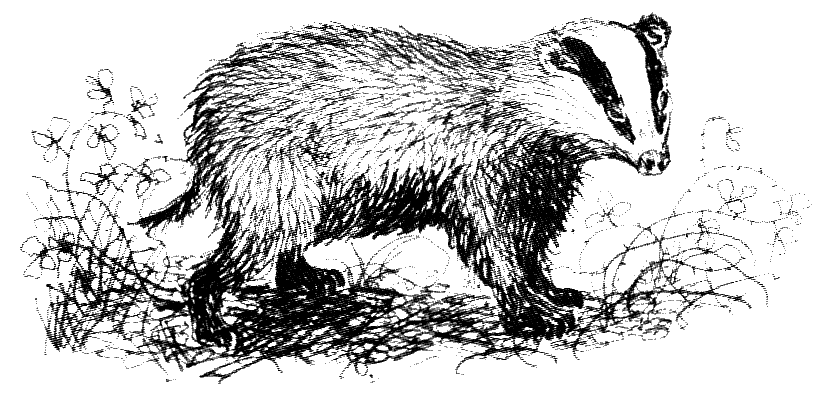Blackberry time?
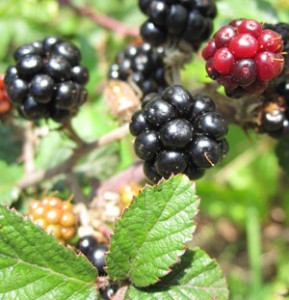
Blackberries are one of the best-known fruits in the rose family. They’re often collected in the wild from hedgerows and woodlands. September and October are usually the peak months for blackberry forays, but this year blackberries [with the exceptional warmth of the Spring and summer months], they have been ripening early. Some ripe fruits were spotted back in June! The fruits start off green, but as they mature they become red and finally black from stem to tip.
The bramble has a perennial root system with biennial stems. In the first year, the stems (sometimes called canes) grow vegetatively, but in their second year they produce flowers and fruit. Then they die back but the dried stems together with their prickles / thorns can persists for some time. It is a good idea to wear some protective gloves when rummaging for these fruits.
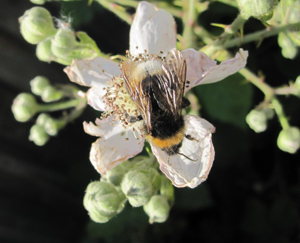 The leaves of the bramble are compound, with 3 - 5 - 7 leaflets which have serrated edges. Its flowers are white to a subtle shade of pink. They have 5 petals and first appear in early Spring. They are attractive to pollinators such as bumblebees.
The leaves of the bramble are compound, with 3 - 5 - 7 leaflets which have serrated edges. Its flowers are white to a subtle shade of pink. They have 5 petals and first appear in early Spring. They are attractive to pollinators such as bumblebees.
Blackberries are a nutritious fruit, rich in Vitamin C but also contain other nutrients, e.g. Vitamin K and manganese. A cup full of blackberries can provide 7 grammes of dietary fibre. The colourings of the fruits (anthocyanins and flavonoids) are a source of antioxidants.
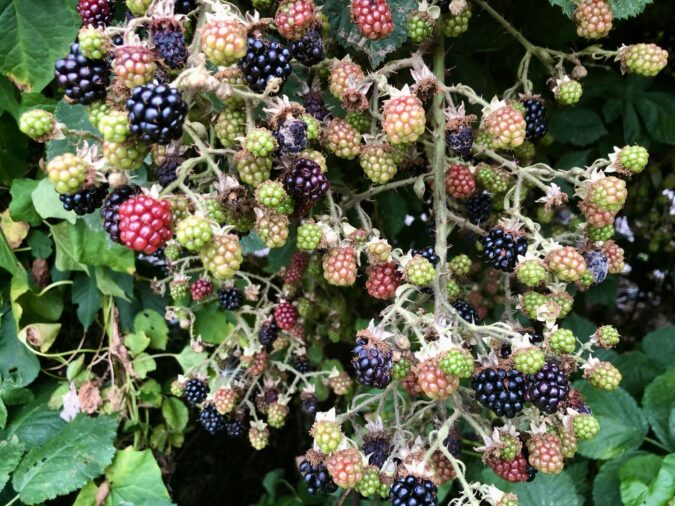
Blackberries are a food source for wildlife food, many birds, foxes, and many small mammals (for example the dormouse) feed on the berries. However, this earlier appearance of autumnal fruits may cause problems. For example, some birds feed upon insects in the Spring and summer months but by autumn they move over to seeds and fruits, like blackberries. But what if the fruits have come and gone, and there are just the shrivelled remains of once juicy fruits. There could be a 'food gap', this would be especially series for animals trying to prepare for the relatively barren days of winter. Deer may feed on bramble leaves.
If large amounts of bramble are allowed to grow in a woodland, it can affect the microclimate of the ground layers. This influences the growth and development of other plants. Whilst brambles can offer protection from browsing by deer and / or rabbits of young tree saplings, they can also suppress the development of light loving species. A thicket of brambles can also offer a home to some birds, like the nightingale.
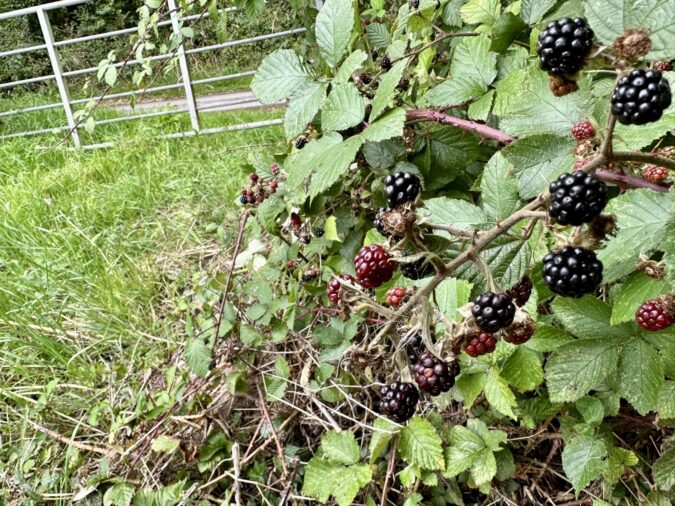
Further reading - see here
Comments are closed for this post.
